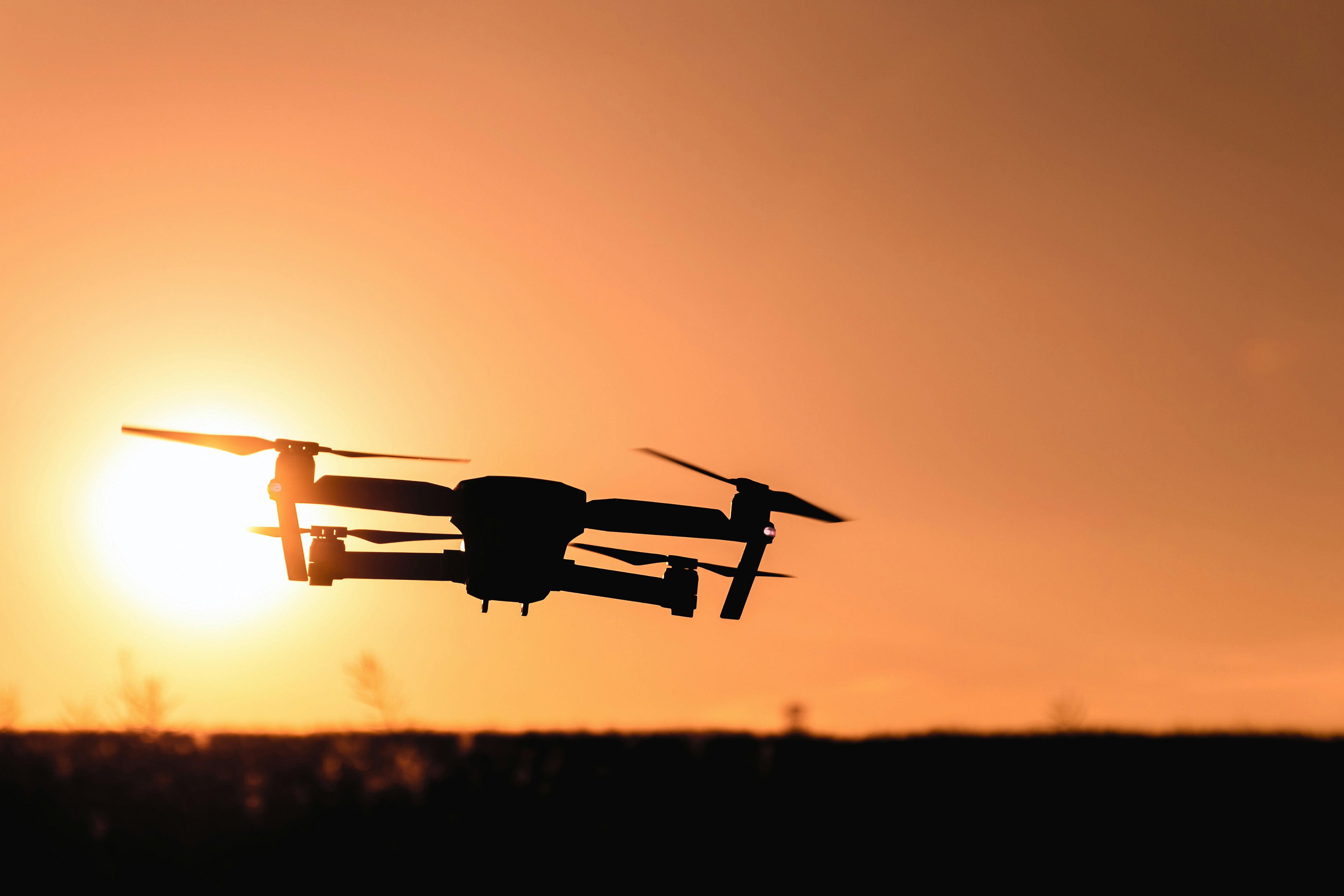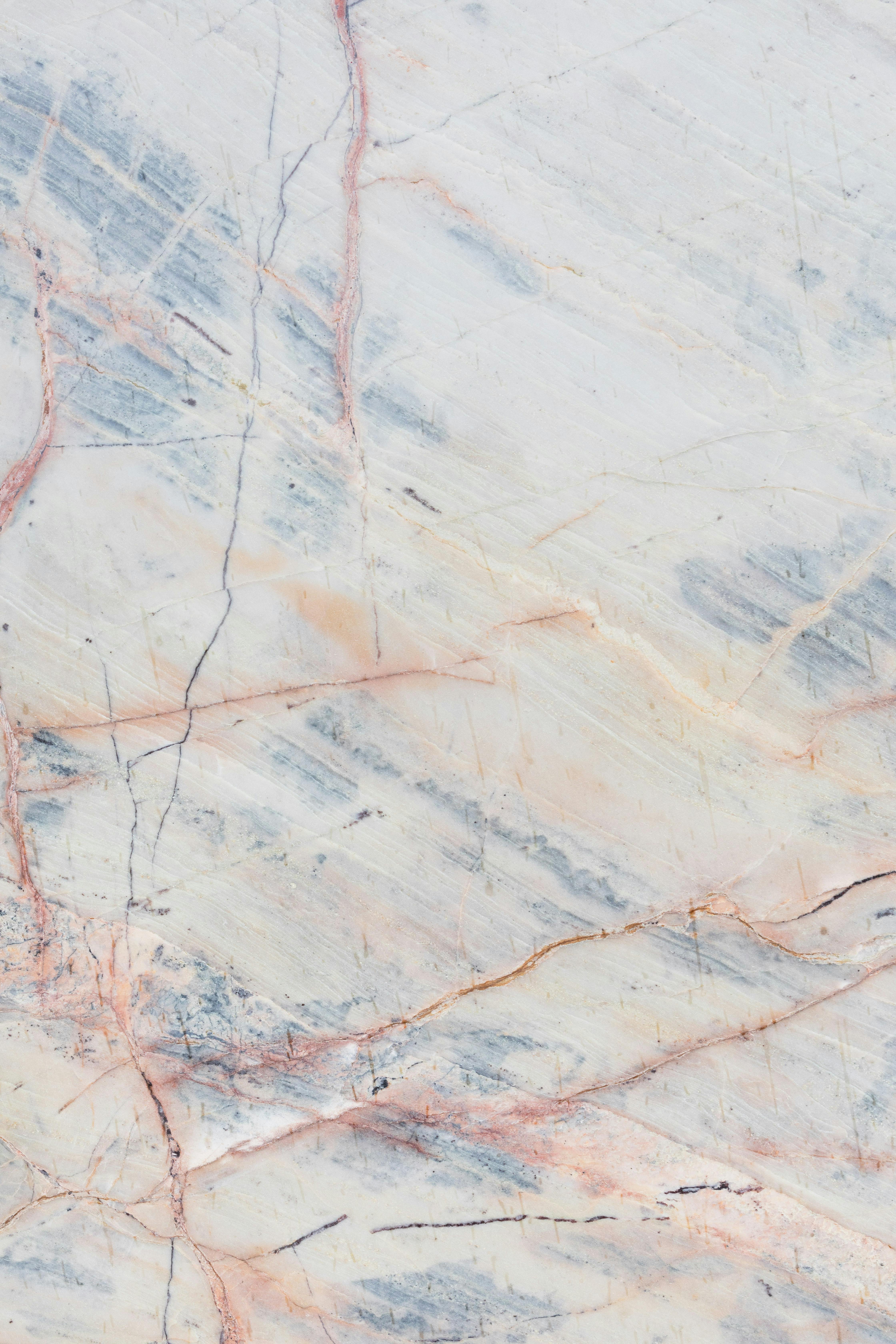Transforming Landscapes: The Influence of Drones on Cinematography
In the vast panorama of the arts and entertainment industry, one cannot overlook the seismic shift in the world of cinematography brought about by drones. No longer confined by the physical limitations of traditional filming techniques, these flying cameras are revolutionizing the way we capture and perceive visual stories. This article delves into the historical trajectory of drones in cinematography, their current use in contemporary film-making, and their prospective impact on the industry.

Origins: A Skyward Leap
In the past, aerial shots were the preserve of high-budget productions willing to rent helicopters and cranes. However, the advent of drone technology in the early 21st century democratized the aerial perspective. The first notable use of drones in filmmaking was in the 2002 action thriller, “The Bourne Identity”. The sweeping aerial shots that the film showcased were groundbreaking at that time, setting a precedent for future filmmakers.
Current Trends: Soaring Above the Norm
Fast forward to the present, drones are now a common tool in a cinematographer’s kit. They allow for versatile camera movement, capturing dynamic shots that were previously impossible or prohibitively expensive. From indie filmmakers to big-budget Hollywood productions, drones have become an invaluable resource in crafting visually stunning narratives. Recent films like “1917” and “The Revenant” have used drones to create immersive and intense viewing experiences.
The Impact: Changing Perceptions, Pushing Boundaries
The use of drones in cinematography has not only transformed the way films are made but also how they are perceived. They have enabled filmmakers to push the boundaries of visual storytelling, creating a more immersive experience for the audience. Furthermore, drones have opened up new avenues for artistic expression, expanding the cinematic language with unique angles and fluid movements.
The Future: Autonomous Drones and Beyond
As drone technology continues to evolve, so does its potential in film-making. Developments in autonomous drones and AI technology are promising even more exciting possibilities. These advancements could enable filmmakers to capture complex shots with precision and consistency, further pushing the boundaries of cinematic creativity.
A New Era of Cinematography
In conclusion, the influence of drones on cinematography is undeniable. From their humble beginnings to their current prominence, drones have transformed the landscape of visual storytelling. As we look forward to the future of film-making, it is clear that drones will continue to play a pivotal role, aiding filmmakers in their quest to push the boundaries of creative expression.




